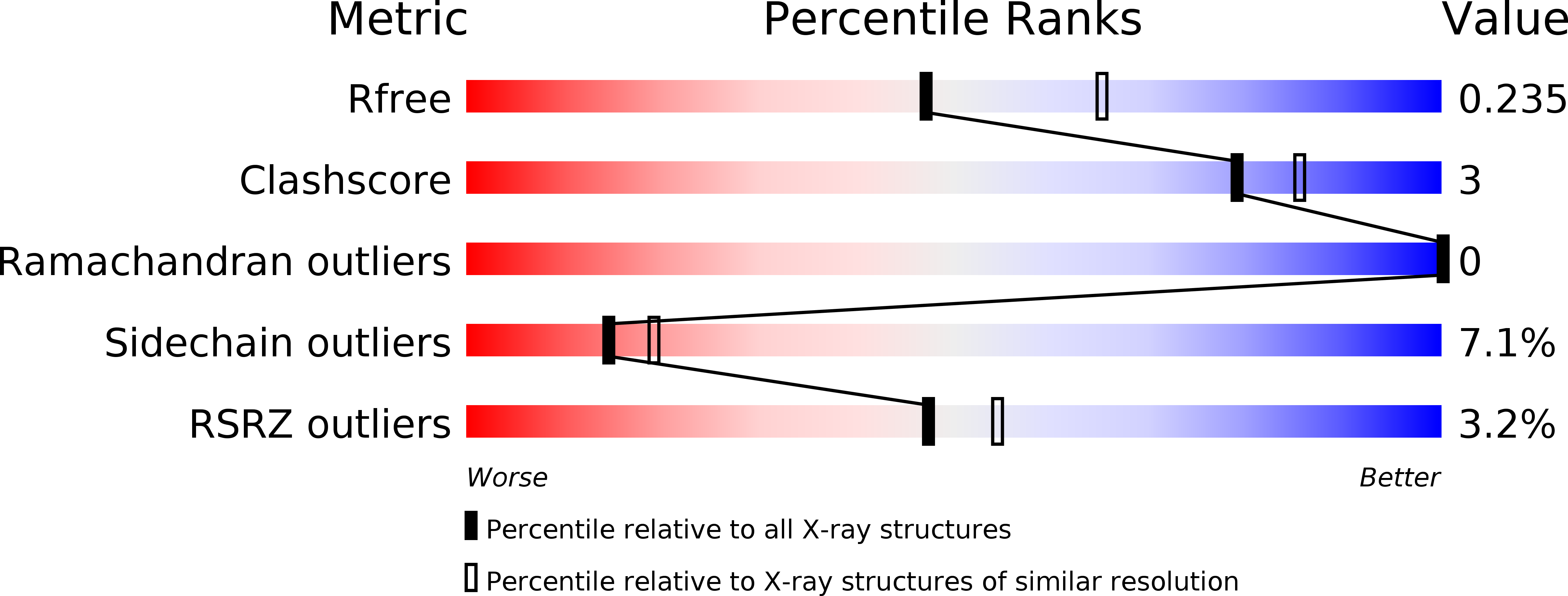
Deposition Date
2014-09-30
Release Date
2014-12-03
Last Version Date
2024-11-27
Entry Detail
PDB ID:
4RGW
Keywords:
Title:
Crystal Structure of a TAF1-TAF7 Complex in Human Transcription Factor IID
Biological Source:
Source Organism:
Homo sapiens (Taxon ID: 9606)
Host Organism:
Method Details:
Experimental Method:
Resolution:
2.30 Å
R-Value Free:
0.23
R-Value Work:
0.18
R-Value Observed:
0.18
Space Group:
P 21 21 21


